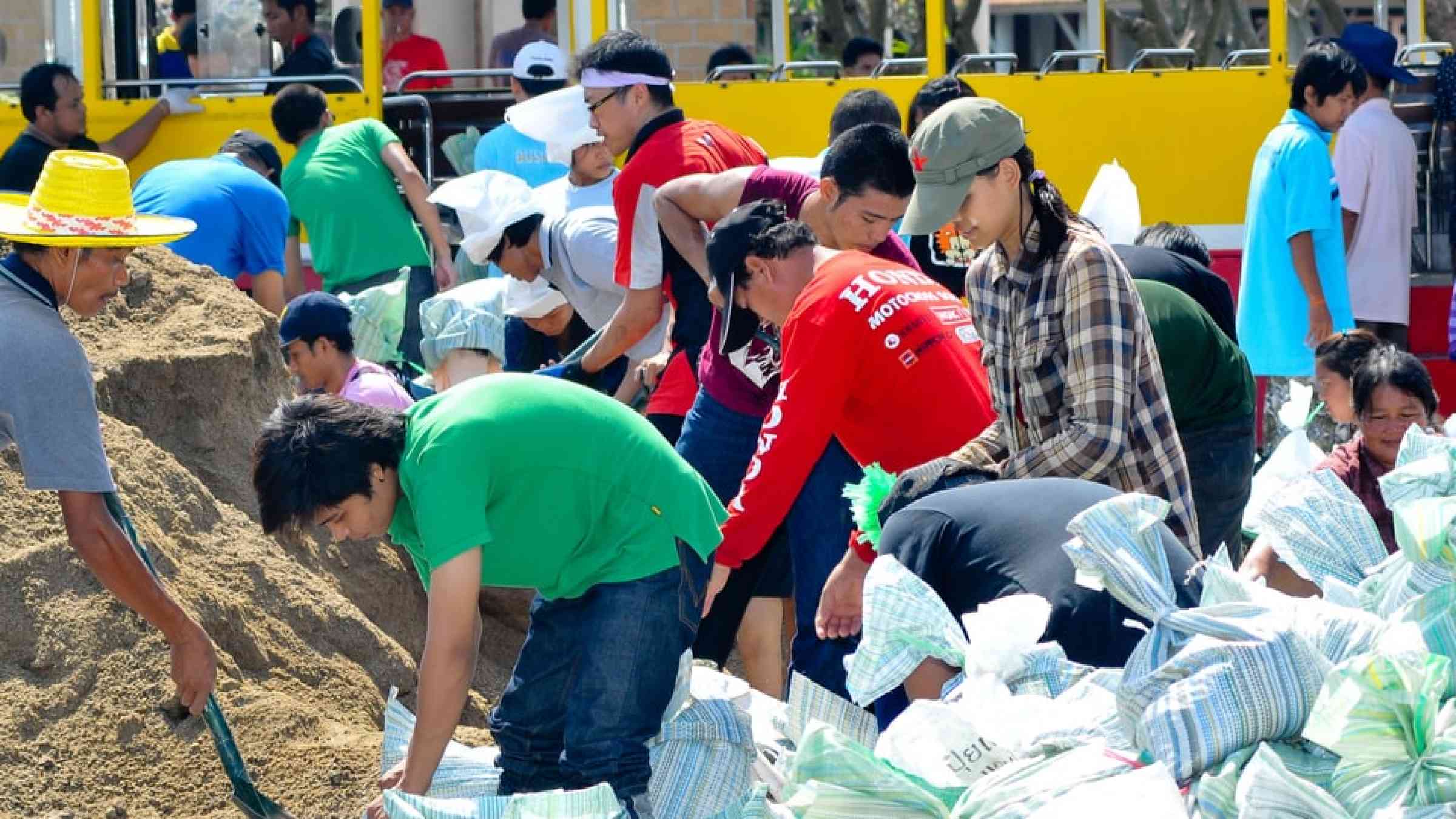The DRR glossary
The disaster risk reduction (DRR) glossary
Get to know the key terms of disaster risk reduction and hazards that might cause disasters. Inform your DRR strategy.
A common vocabulary promotes a common understanding and application of disaster risk reduction concepts and supports the development and updating of national and local strategies for disaster risk reduction.


The UNDRR Terminology aims to promote a common understanding and usage of disaster risk reduction concepts and to assist the disaster risk reduction efforts of authorities, practitioners and the public. Look up terms from the official UNDRR terminology on disaster risk reduction in English, or download the terminology in Arabic, Chinese, English, French, Russian and Spanish.

A description of each of the 302 hazard information profiles (HIPs), developed using a consultative process by scientists and experts across the globe. Aligned with the UNDRR-ISC Hazard Definition and Classification Review - Technical report, the HIPs are divided into eight hazard types. Each hazard type is further divided by cluster type and covers a variable number of specific hazards.

Disaster risk reduction explained: explore some key terms and concepts.
Further resources

Understand the concept of disaster risk, risk assessment, management strategies, and the importance of collaboration among stakeholders for effective disaster risk reduction.

A global blueprint aiming to substantially reduce disaster risk and losses in lives, livelihoods, and health, while also enhancing resilience and promoting sustainable development.